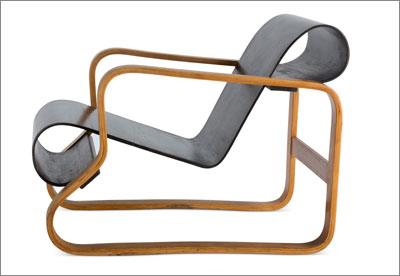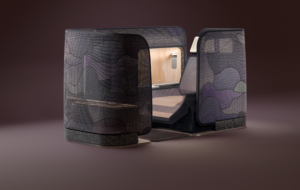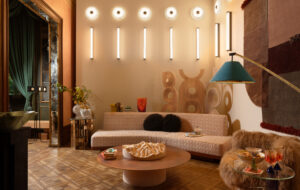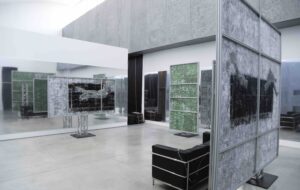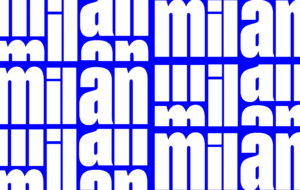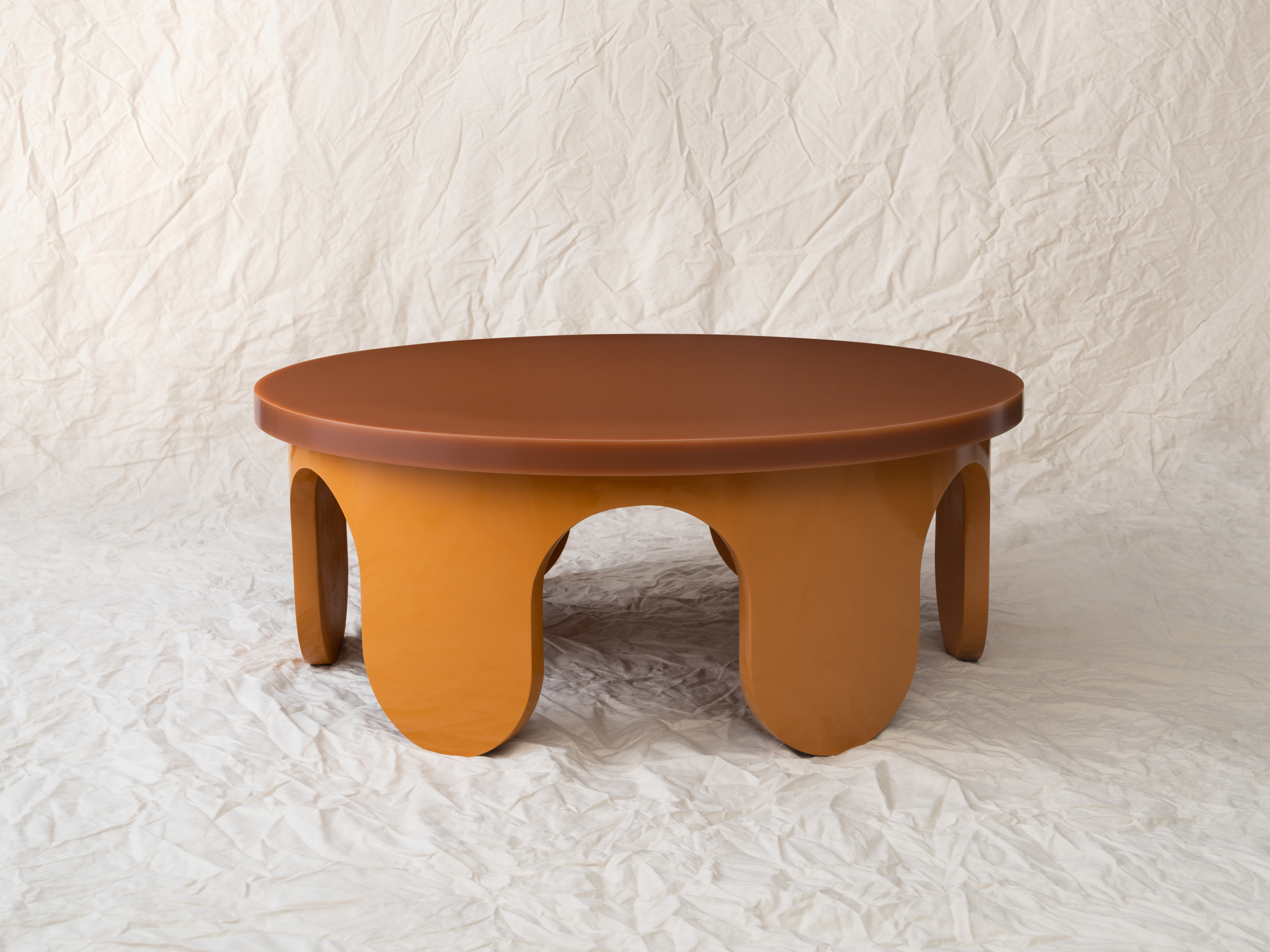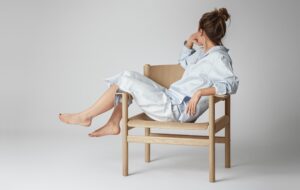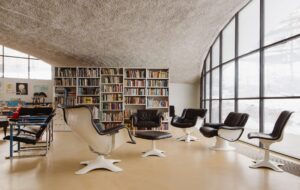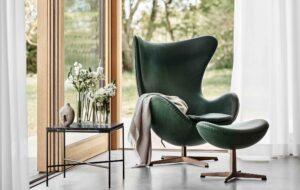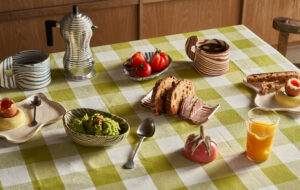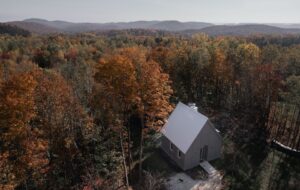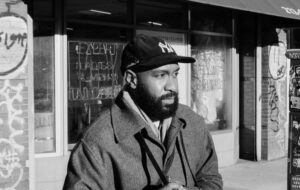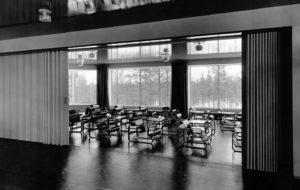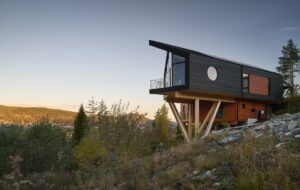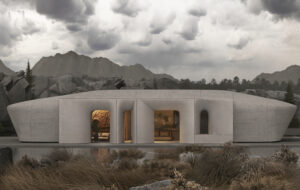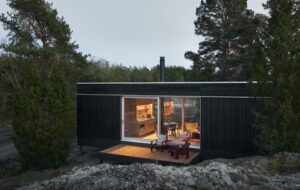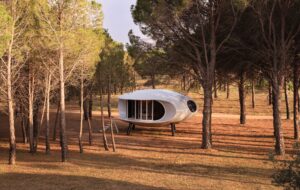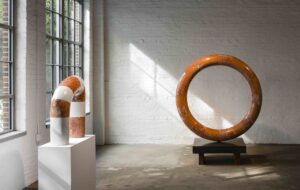|
A superb exhibition in Weil am Rhein dispels the myth of Aalto as a Finnish romantic. His was a modernism without borders, writes Tim Abrahams Given that Alvar Aalto is seen as the champion of critical regionalism, it’s telling that there is no shortage of nations claiming him for their own. His native Finland, of course, gets first place. Aalto, although half-Swedish, is often cast as a modernist who sublimated the Yet he clearly wasn’t entirely at home in Finland. He had a boat named Nemo Propheta in Patria – no one is a prophet in his own land – and travelled almost compulsively, returning again and again to Italy during the 1920s. “In my soul there is always a trip to Italy,” he wrote in Casabella-Continuità in 1954. His profound influence on those British architects working out of Cambridge in the 1950s was proclaimed most loudly by Colin St John Wilson in The Other Tradition of Modern Architecture (1995). However, his most significant projects were in Germany and he had a strong affinity with Switzerland – over ten per cent of the architects he employed during his career were Swiss. Aalto also considered moving to the US, and understood how it influenced Europe better than the émigré generation that preceded him, stating: “One of the reasons for the ease with which European designers have found their niche in America is that European architecture has for many years been subject to the influence of pioneering American architecture.” We can either conclude that Aalto was a bit of a whore, going around the world flattering different countries that their romantic notions of nationhood and tradition could live on despite the combined onslaught of modernism and intellectual universalism, as well as standardisation in the construction industry. Or we can accept the argument of this excellent exhibition at the Vitra Design Museum and appreciate that Aalto, perhaps more than any other of the great modernists, grasped the opportunities that modernism offered for widening the artistic and intellectual remit of the architect. As curator Jochen Eisenbrand makes clear, Aalto was not a secret traditionalist or romantic nationalist – he was an internationalist and an innovator. The exhibition makes liberal use of newly commissioned photographs of Aalto’s architecture by Armin Linke. These images, particularly those of the architect’s own summer house and first studio, show that, if he did not always champion new technologies, then he endeavoured to perfect, improve and diversify existing ones – predominantly brick but also ceramics and wood. Aalto saw himself not as a protector of tradition but as a pioneer of the new and different opportunities that had been granted to architects by improvements in existing technology as well as by their enlarged sphere of operation. This show is a poke in the eye for the bricky old Cambridge crowd. The manner in which Eisenbrand has used the ground floor of Frank Gehry’s museum to explore Aalto’s assimilation of the language of modernism is astute, particularly a display of early drawings and set designs that are clearly influenced by his friendship with László Moholy-Nagy. But, in an inspired move, Eisenbrand has also bracketed these with Aalto’s early design work, including his inventive steamed-plywood chairs. Furniture design and production finally allowed Aalto to produce work that could inhabit the world with which he was intellectually engaged, yet remain in Finland on a permanent basis. The company he founded in 1935 – Artek – established links with furniture producers throughout the world while also monetising Aalto’s unique form of material enquiry. The exhibition’s focus on furniture design might seem a tad opportunistic, given that Vitra has just purchased Artek, yet it does genuinely seem that the display was planned before this acquisition.
Armchair No. 41, 1932 Aalto’s status as a champion of material can seem a rather mundane heritage when compared to the revolutionary legacy of, say, Mies van der Rohe. But Linke’s photographs, which fill the walls of the exhibition’s upper floor, address this, revealing that Aalto’s use of strangely familiar materials rendered his architectural forms more engaging, rather than lessening their revolutionary intent. Aalto’s architectural practice resembled that of a sculptor not just in his form-giving, but also in his bravura manipulation of material, particularly as the medium of sculpture gradually became an additive rather than a subtractive process during the modern era. Through the adroit use of ground-floor plans as the main graphic identifiers on the tearaway information cards that accompany each project, this final element of the show indicates that Aalto believed in form following function as much, if not more, than any of his contemporaries – the key to his architectural innovation was the rigorous logic of the plan. This superb exhibition makes it clear that Aalto, ultimately, was an internationalist, transposing architectural ideas from one nation to the next: Italian piazzas in Finland, British mill buildings in Boston. It also makes clear that here in the UK we are often fed an insipid version of Aalto’s original concepts, informed partly by some fanciful ideas about the strength of national building traditions and how they relate to notions of self-identity, so this compelling example of popular scholarship provides an important rejoinder. Aalto delivered the shock of the new as ruthlessly as any other modernist. |
Words Tim Abrahams
Alvar Aalto: Second Nature
Images: Armin Linnke, VG BILD-KUNST, Bonn, 2014; Vitra Design Museum, Ursula Sprecher, VG Bild-Kunst, Bonn, 2014; Rune Snellman, VG Bild-Kunst, Bonn, 2014; Alvar Aalto Museum, VG Bild-Kunst, Bonn, 2014 |
|
|

